How to grow an ecommerce business is a question that concerns most businesses wanting to succeed online. While the potential for success is enormous, many e-commerce businesses struggle to convert traffic into sales effectively.
Despite increasing online visitors, the average e-commerce conversion rates are only around 1.3%, highlighting a huge gap between attracting visitors and convincing them to purchase.
In this blog, we will look into 13 effective ways of growing your e-commerce business and how a popup builder tool can help.
13 Strategies for E-commerce Business Growth
1. Determine Your Ideal Customer
Determining your ideal customer is essential in growing an e-commerce business. It involves creating detailed customer personas with demographic information, interests, behaviors, and pain points.
Conduct surveys, interviews, and market research to collect data on your target audience. Understand their needs, preferences, and buying habits to tailor your products and marketing strategies.
Building customer personas helps you focus on the specific needs of your ideal customer rather than trying to appeal to everyone. This enables you to create targeted marketing campaigns that resonate with your audience and increase conversion rates.
2. Choose a Niche
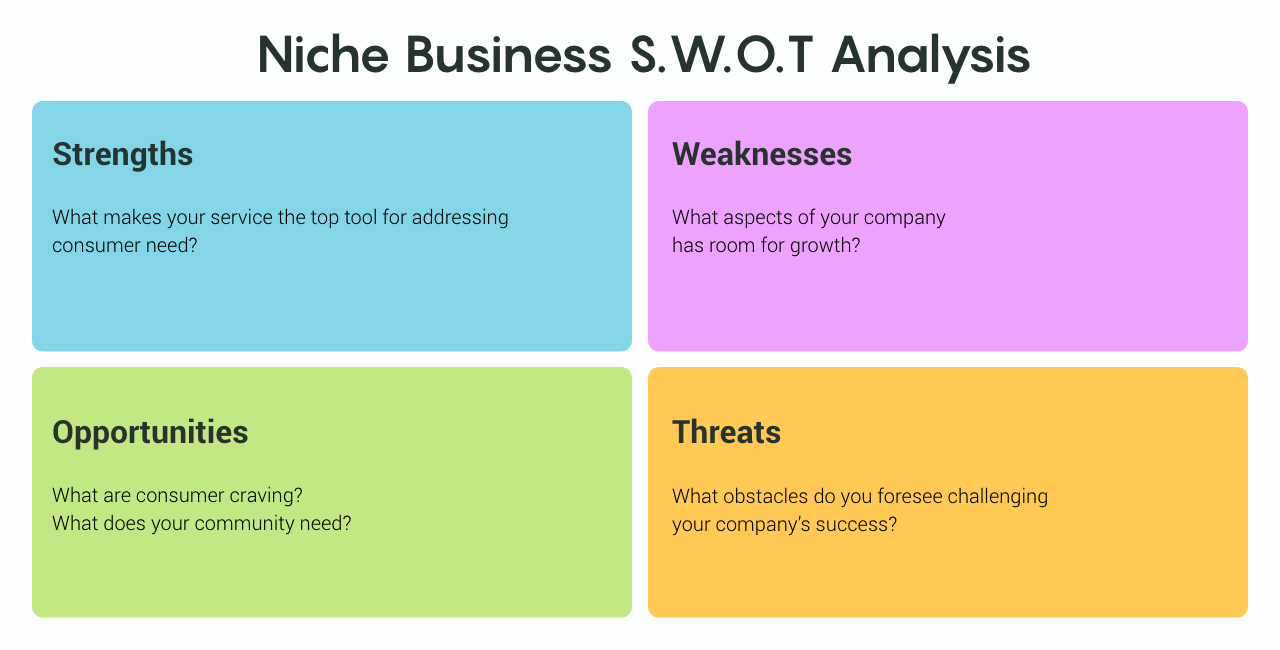
Image source: Appy Pie
Niching down focuses on a specific market segment where you can excel. This can help you differentiate your brand from competitors and establish yourself as an authority in your niche.
Research market trends, competition, and customer needs within your chosen niche. Create a USP (unique selling proposition) that differentiates you from competitors and appeals to your target audience.
It allows you to create a more targeted marketing strategy, leading to higher conversion rates and customer loyalty. By focusing on a specific area, you can establish yourself as an expert, increasing trust and credibility with your audience.
Also, niching down can help you avoid competition with more prominent brands and establish a loyal customer base.
3. Conduct In-Depth Competitor Research
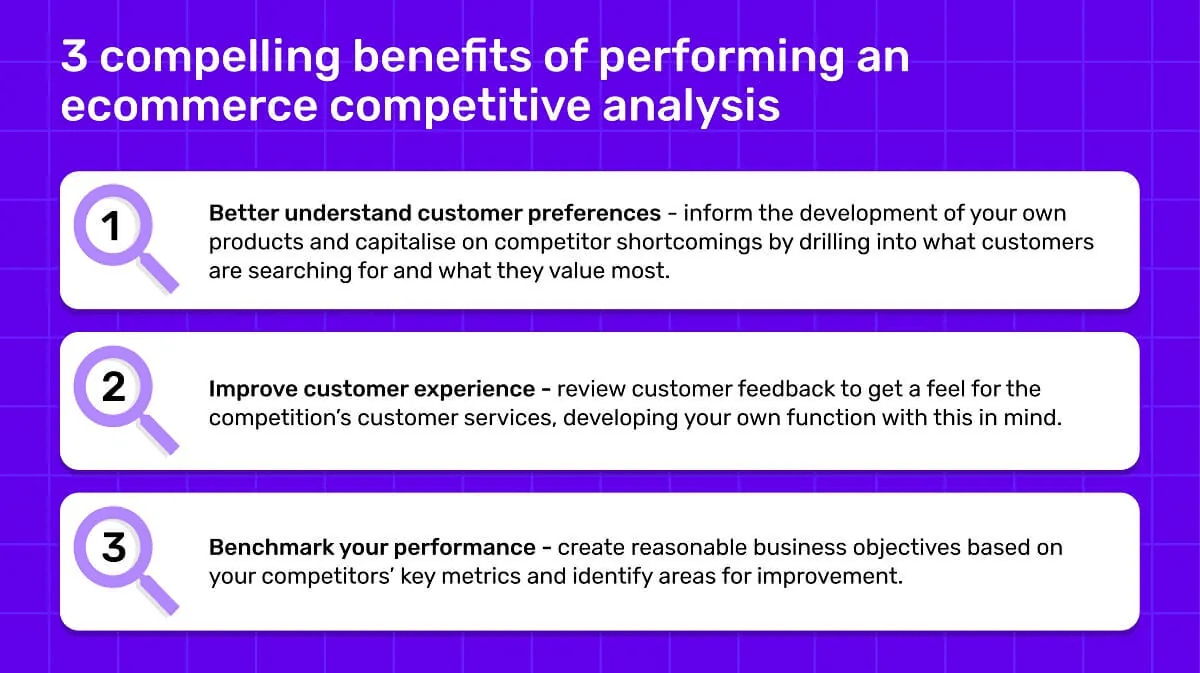
Image source: Builder.ai
Conducting in-depth competitor research helps understand the market landscape and identify opportunities for differentiation. Analyze your competitors’ strengths, weaknesses, pricing strategies, and marketing tactics.
Spot gaps in the market that you can fill and areas where you can outperform competitors. Use tools like SEMrush, Ahrefs, and Google Alerts to monitor competitor activity.
By analyzing your competitors’ strengths and weaknesses, you can find areas where you can improve and areas where you can differentiate yourself. This can help you create a USP that appeals to your target audience and sets you apart from competitors.
4. Select the Right E-commerce Platform
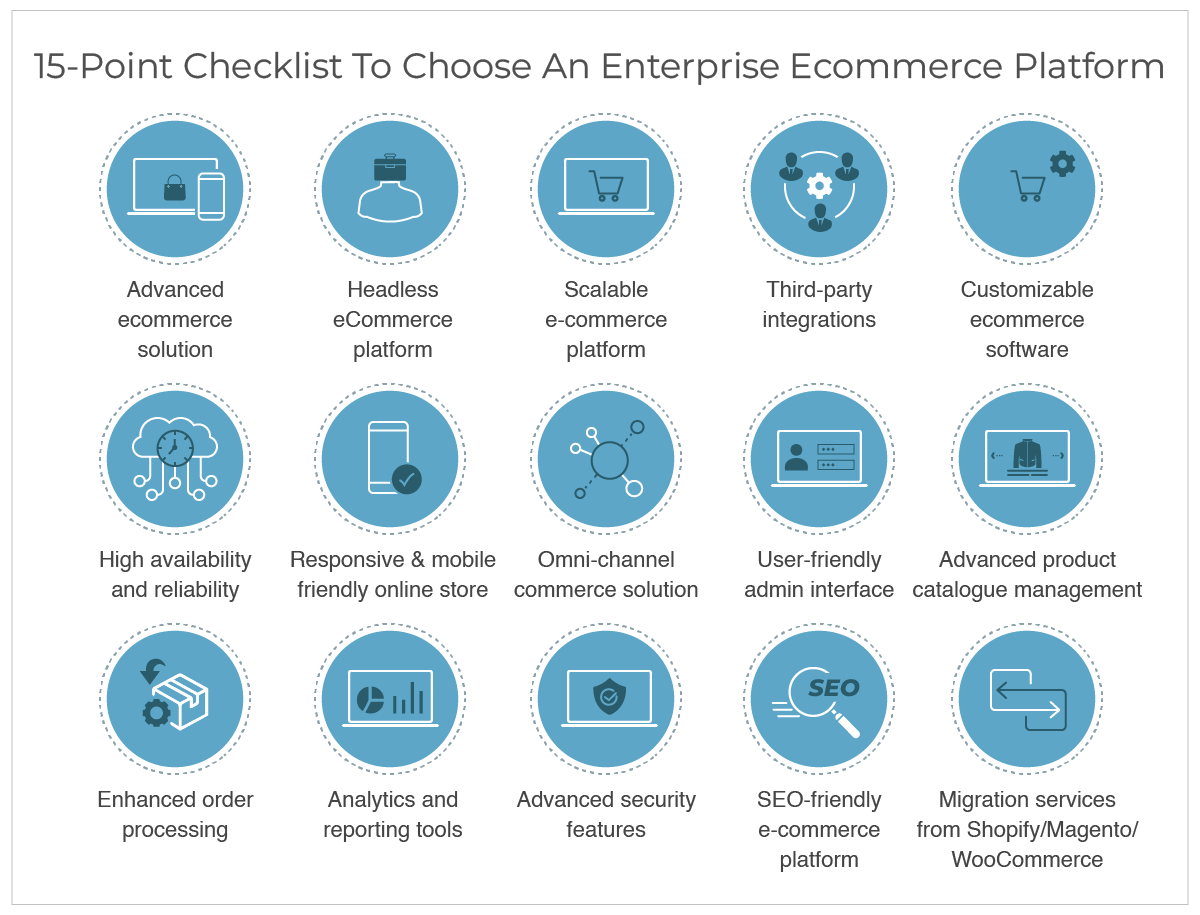
Image source: StoreHippo
Choosing the right e-commerce platform is essential for the success of your online business. Consider factors like ease of use, customization options, payment gateways, security features, and customer support.
Ease of use is critical when selecting an e-commerce platform – look for a user-friendly and easy-to-navigate platform. Customization options are also essential, allowing you to create a unique brand identity and tailor your website to your needs.
Security features protect customer data and ensure a safe shopping experience. Look for a platform that offers secure payment gateways, SSL certificates, and other security features. Customer support is also essential, as it can help you resolve issues quickly and efficiently.
Also Read: 35+ Best Ecommerce Marketing Tools for 2025
5. Implement Targeted Popups
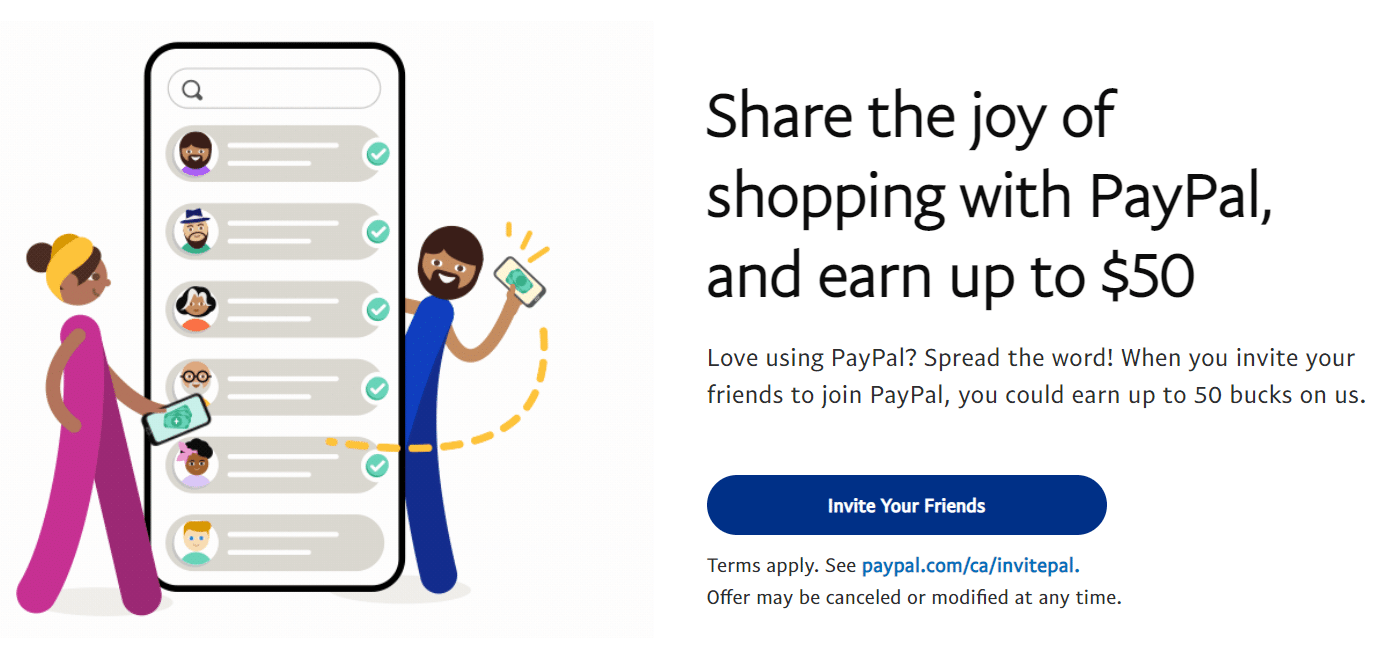
Image source: HelpLama
Create popups based on customer behavior, preferences, and purchase history. Use tools like Picreel to capture leads and improve conversion rates through targeted overlays and popups. Test different popup variations, messaging, and timing to optimize conversion rates.
Popup ideas for targeted popups include exit-intent popups, cart abandonment popups, and welcome popups. Use exit-intent popups to offer a discount or incentive to encourage customers to complete their purchase.
Implement cart abandonment popups to notify customers of items left in their cart and offer a discount or free shipping to enable them to complete their purchases.
In the above image, you can see how PayPal uses a referral discount in a popup to encourage visitors to join the community and take advantage of its secure and effortless transactions.
6. Create a User-Friendly Store
A user-friendly store provides a positive customer experience and increases conversion rates. Ensure your website is easy to navigate, visually appealing, and optimized for mobile devices. Use high-quality images, clear product descriptions, and a simple checkout process to enhance user experience.
Optimize your website for mobile devices to cater to the increasing number of customers who shop on smartphones and tablets. Ensure your website is responsive – it adjusts to different screen sizes and devices. Use clear and concise product descriptions, high-quality images, and easy-to-use navigation to enhance user experience.
7. Source Products Strategically
Sourcing products strategically helps ensure profitability and meet customer needs. Develop relationships with reliable suppliers or manufacturers to ensure product availability and consistency. Consider factors like product uniqueness, pricing competitiveness, and shipping logistics.
Product sourcing can be done using different methods, like dropshipping, wholesale, and manufacturing. Dropshipping involves partnering with a supplier who ships products directly to customers, eliminating the need for inventory management.
Wholesale consists of purchasing bulk products at a discounted price and reselling them at a profit. Manufacturing involves creating your products, giving you complete control over the design, quality, and pricing.
8. Create a Smart Pricing Strategy
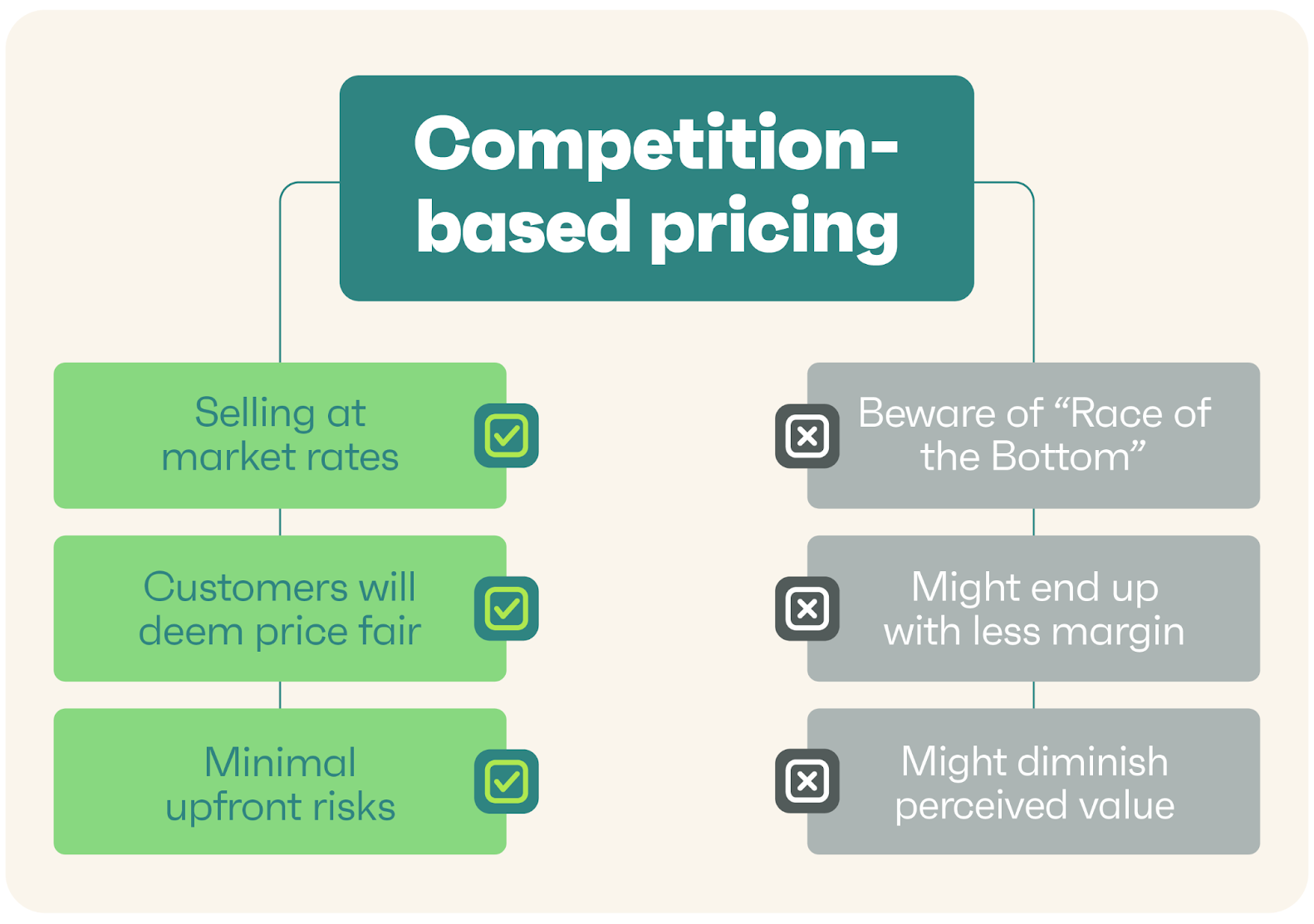
Image source: Omnisend
Creating a smart pricing strategy helps maximize profits and stay competitive in the e-commerce market. When setting prices, consider factors like production costs, market demand, and competitor pricing. Implement dynamic pricing strategies that adjust prices based on market trends and customer behavior.
Production costs are an essential factor in pricing strategy. Calculate the cost of producing or purchasing products, including materials, labor, and overhead costs—factor in a profit margin to ensure your business is profitable.
Market demand and competitor pricing are also important factors to consider – research market trends and competitor pricing to ensure your prices are competitive and aligned with market demand. Implement dynamic pricing strategies that adjust prices based on market trends and customer behavior.
9. Master Multi-Channel Marketing
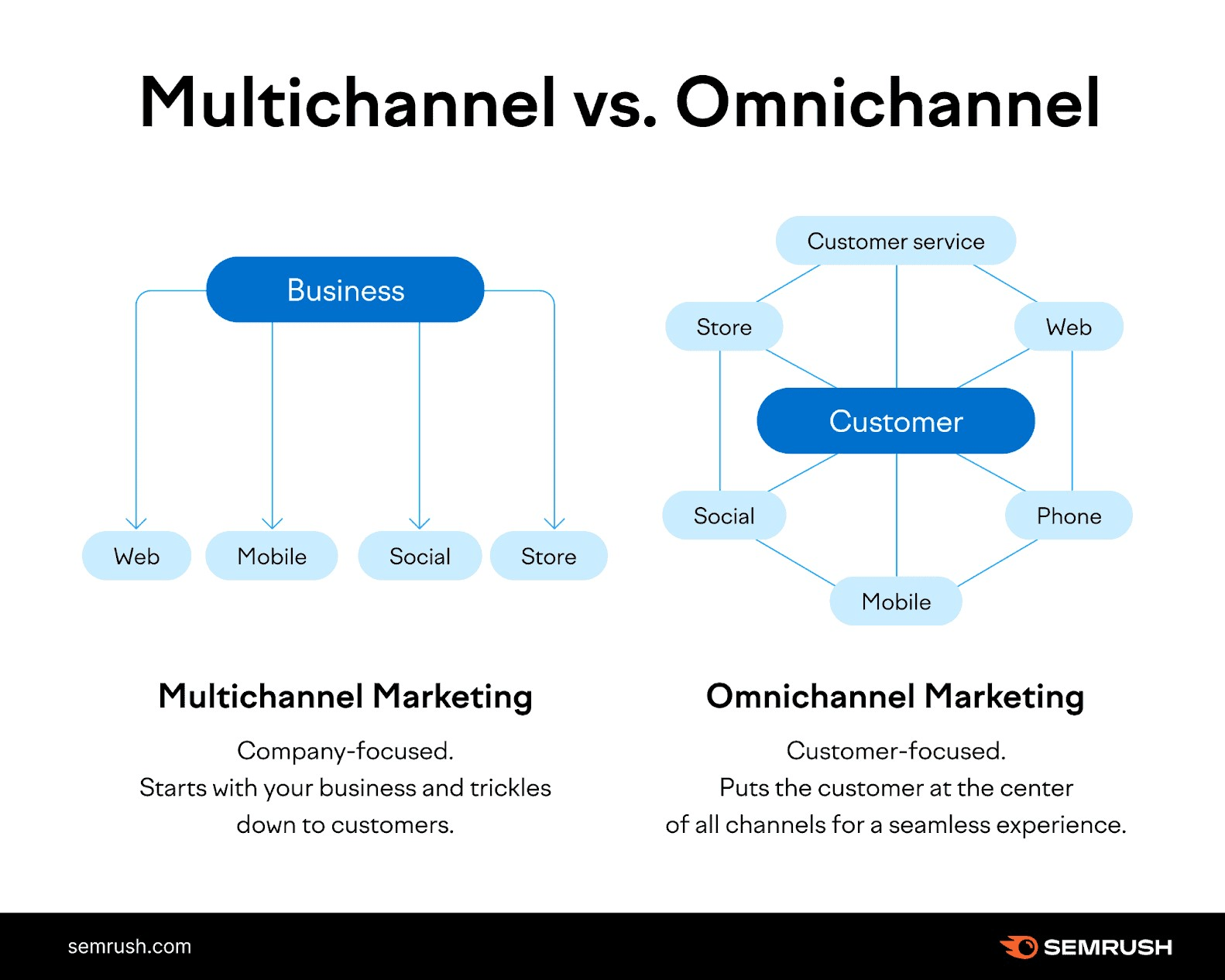
Image source: Semrush
Mastering multi-channel marketing helps you reach a wider audience and increase brand awareness. To get a wider audience, combine digital marketing channels like social media, email marketing, SEO, PPC advertising, and influencer partnerships. Create cohesive marketing campaigns that resonate with your target audience across different platforms.
Social media is a powerful tool for reaching a wider audience and increasing brand awareness. Social media platforms like Instagram, Facebook, and TikTok help you showcase your products and engage with customers.
Create visually appealing content that resonates with your target audience and encourages engagement.
Email marketing is another effective way to reach customers and encourage repeat business. Run email marketing campaigns that offer exclusive discounts, promotions, and personalized recommendations.
Also Read: Power Up Mobile Marketing: Picreel & Mobit Integration
10. Encourage Repeat Business
Repeat business helps build a loyal customer base and increases revenue. Implement customer retention methods like loyalty programs, personalized recommendations, and post-purchase follow-ups to encourage repeat purchases.
Offer exclusive discounts, rewards, and incentives to loyal customers. Collect feedback and address customer concerns to build long-term relationships.
Popup ideas for encouraging repeat business include discount popups, special offers, and loyalty program sign-ups. Consider offering a percentage off the customer’s next purchase or free shipping when signing up for your loyalty program.
Use exit-intent popups to offer a discount on their current purchase if they sign up for your email list.
11. Strategically Implement Upsells & Cross-Sells
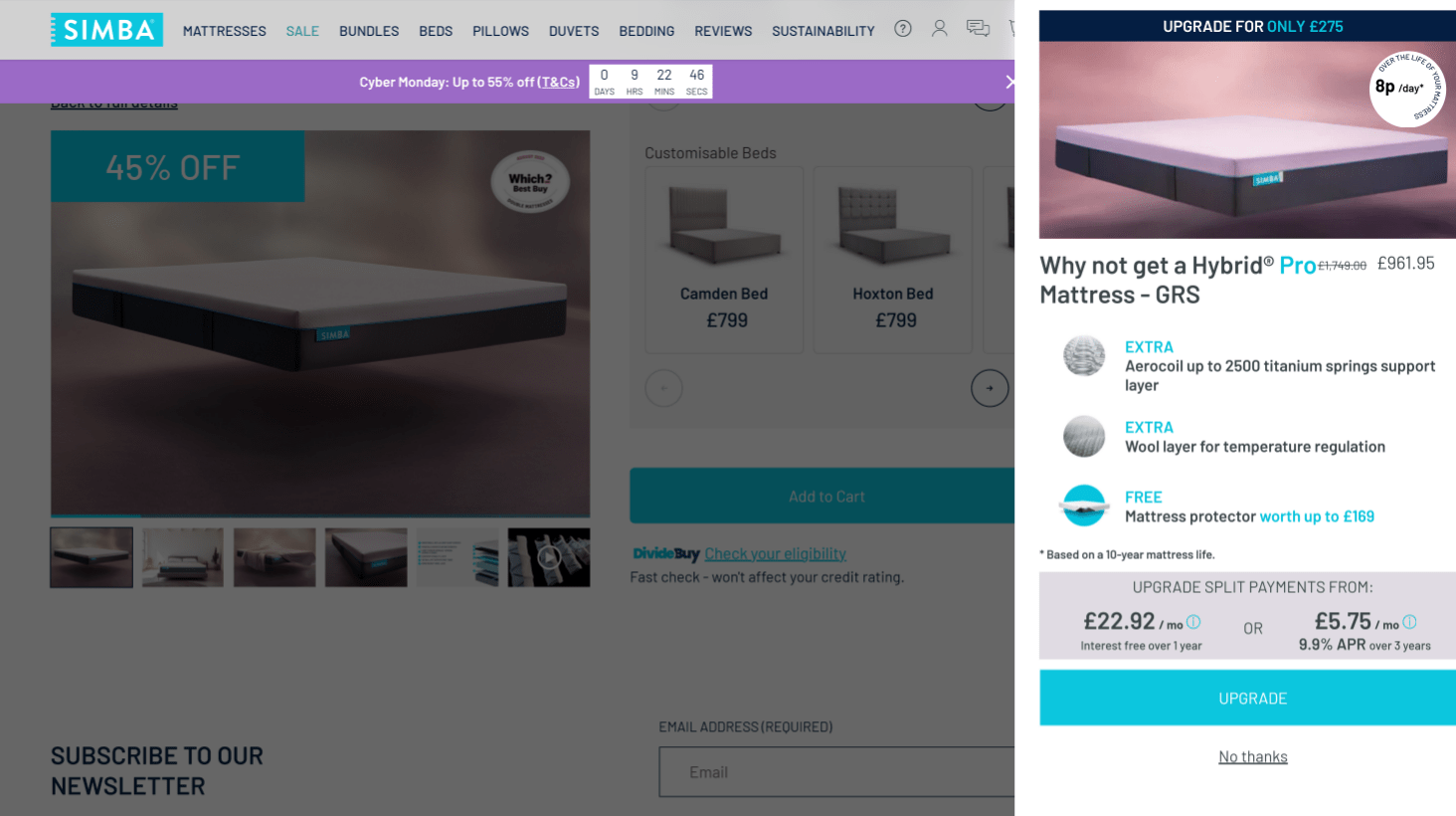
Image source: Simba Sleep
According to a study by McKinsey, incentives can increase cross-selling success by 20% to 30%, depending on the type and size of the incentive.
Upselling and cross-selling can effectively increase revenue and improve the customer experience. Offer personalized recommendations based on the customer’s browsing and purchasing history. Offer discounts or free shipping incentives to encourage upgrades or additional purchases.
See the example of Simba Sleep in the image above. It utilizes upsell popups to prompt customers to upgrade their chosen products during shopping. The popup is triggered when a customer adds an item to their cart, urging them to upgrade to a superior version.
Also Read: 10 Clever Upselling Techniques That Don’t Annoy Customers
12. A/B Test Popup 
A/B testing popup variations helps optimize conversion rates and improve the customer experience. Test different popup variations, messaging, and timing to determine which performs best. Utilize analytics tools to track engagement and conversion rates and adjust your popup strategy accordingly.
Popup ideas for A/B testing include testing different colors, images, and messaging. Test different popup triggers, such as exit-intent or time-based triggers, to determine which performs best.
Also Read: 9 Simple A/B Tests You Should Perform for Higher Conversions
Grow E-Commerce Business With Popups for Higher Conversions
Implementing popups strategically within your online store can significantly enhance your ability to engage visitors and convert them into loyal customers.
Whether it’s through exit-intent popups that capture attention just as visitors are about to leave, time-based popups that offer discounts after a visitor has been browsing for a certain period, or segmentation-based popups tailored to specific visitor actions, the right popup strategy can transform your e-commerce business’s performance.
With Picreel, you can design custom popups that resonate with your target audience through extensive personalization options. It allows you to trigger popups based on user behavior, such as exit intent, ensuring that your messages reach the audience at the most opportune time.
It also supports A/B testing, allowing you to fine-tune your approaches based on what works best for converting visitors into customers.
By leveraging these tools, Picreel helps capture more leads and significantly bolsters your efforts to convert browsing visitors into paying customers, thereby growing your e-commerce business effectively.
 Tips
Tips
We’d love to hear your tips & suggestions on this article!
FREE. All Features. FOREVER!
Try our Forever FREE account with all premium features!

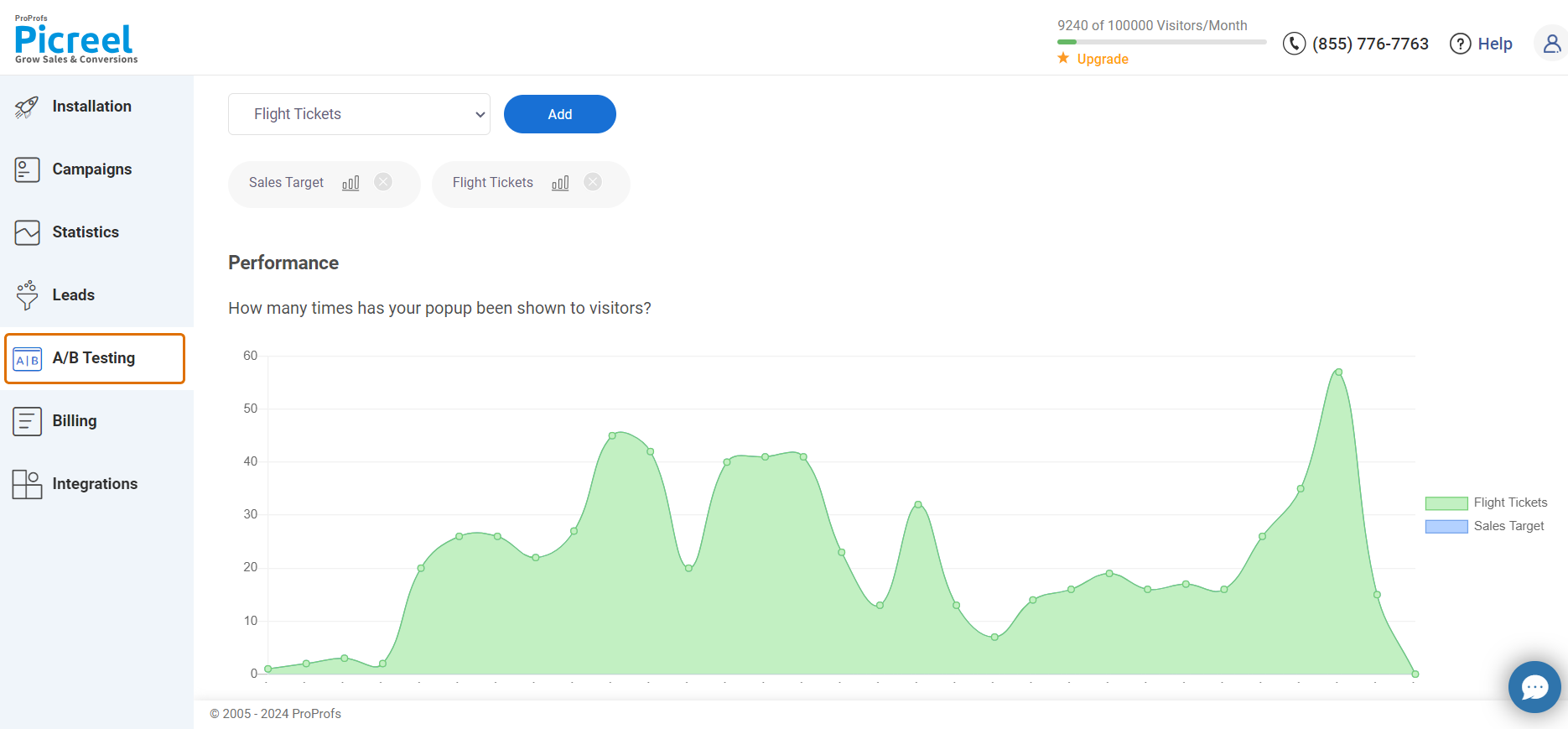
 We'd love your feedback!
We'd love your feedback! Thanks for your feedback!
Thanks for your feedback!







